Hypophosphorous acid (HPA) CAS 6303-21-5, or phosphinic acid, is a phosphorus oxyacid and a powerful reducing agent with molecular formula H3PO2. It is a colorless low-melting compound, which is soluble in water, dioxane and alcohols. The formula for this acid is generally written H3PO2, but a more descriptive presentation is HOP(O)H2, which highlights its monoprotic character. Salts derived from this acid are called hypophosphites.
HOP(O)H2 exists in equilibrium with the minor tautomer HP(OH)2. Sometimes the minor tautomer is called hypophosphorous acid and the major tautomer is called phosphinic acid.
HPA Product Information
| Product Name | Hypophosphorous acid |
| Synonyms | H3PO2; Hypophosphorus acid: (Phosphinic acid); hypophosphorous; hypophosphorous acid |
| CAS NO | 6303-21-5 |
| Molecular Formula | HO2P |
| Molecular Weight | 63.980501 |
| Melting point | -25 °C |
| Boiling Point | 108 °C (759.8513 mmHg) |
| Density | 1.206 g/mL at 20 °C(lit.) |
| Solubility | very soluble in H2O, ethanol, ethyl ether |
| Appearance | hygroscopic crystals or colorless oily liquid |
CAS 6303-21-5 Packing
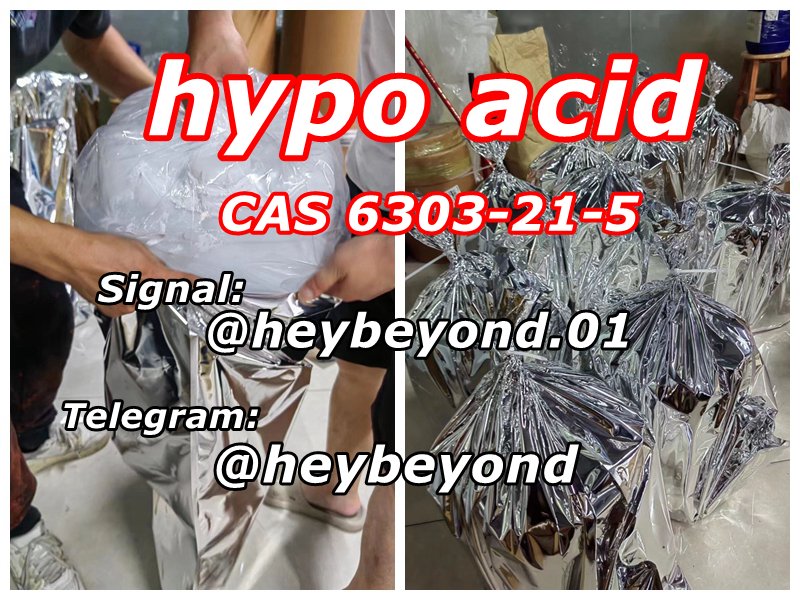
Preparation and availability
The acid is prepared industrially via a two step process: Firstly, elemental white phosphorus reacts with alkali and alkaline earth hydroxides to give an aqueous solution of hypophosphites:
- P4 + 4 OH− + 4 H2O → 4 H2PO−2 + 2 H2
Any phosphites produced in this step can be selectively precipitated out by treatment with calcium salts. The purified material is then treated with a strong, non-oxidizing acid (often sulfuric acid) to give the free hypophosphorous acid:
- H2PO−2 + H+ → H3PO2
HPA is usually supplied as a 50% aqueous solution. Anhydrous acid cannot be obtained by simple evaporation of the water, as the acid readily oxidises to phosphorous acid and phosphoric acid and also disproportionates to phosphorous acid and phosphine. Pure anhydrous hypophosphorous acid can be formed by the continuous extraction of aqueous solutions with diethyl ether.
Properties

The molecule displays P(═O)H to P–OH tautomerism similar to that of phosphorous acid; the P(═O) form is strongly favoured.
HPA is usually supplied as a 50% aqueous solution and heating at low temperatures (up to about 90°C) prompts it to react with water to form phosphorous acid and hydrogen gas.
- H3PO2 + H2O → H3PO3 + H2
Heating above 110°C causes hypophosphorous acid to undergo disproportionation to give phosphorous acid and phosphine.
- 3 H3PO2 → 2 H3PO3 + PH3
Applications
Hypophosphorous acid (and its salts) are used to reduce metal salts back into bulk metals. It is effective for various transition metals ions (i.e. those of: Co, Cu, Ag, Mn, Pt) but is most commonly used to reduce nickel. This forms the basis of electroless nickel plating (Ni–P), which is the single largest industrial application of hypophosphites. For this application it is principally used as a salt (sodium hypophosphite).
Contact
Signal: @heybeyond.01
Telegram: @heybeyond
WhatsApp: +1 6602214456
Products Website: https://pmk-28578-16-7.com

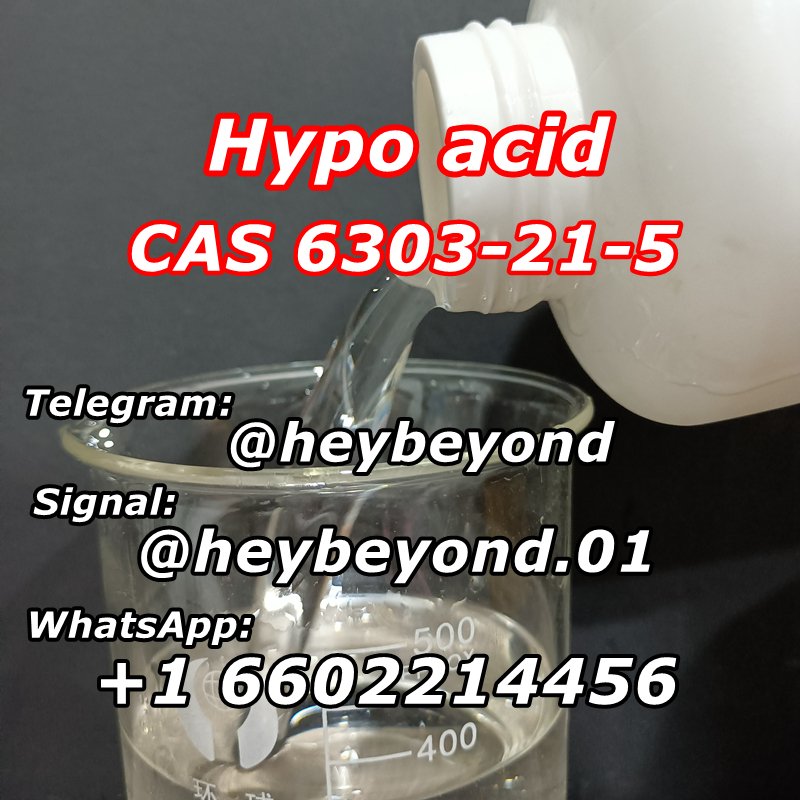
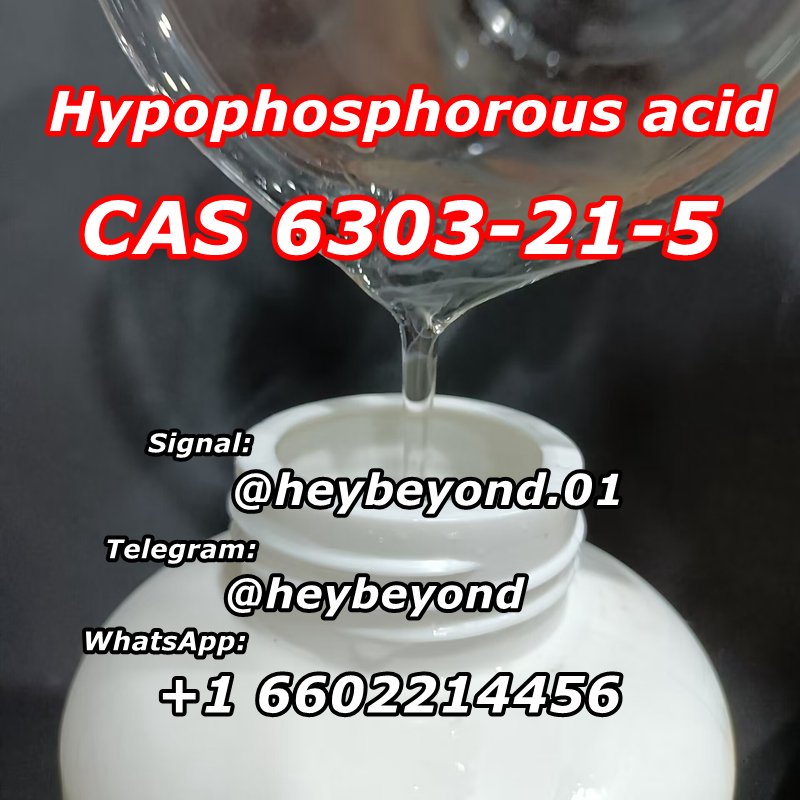
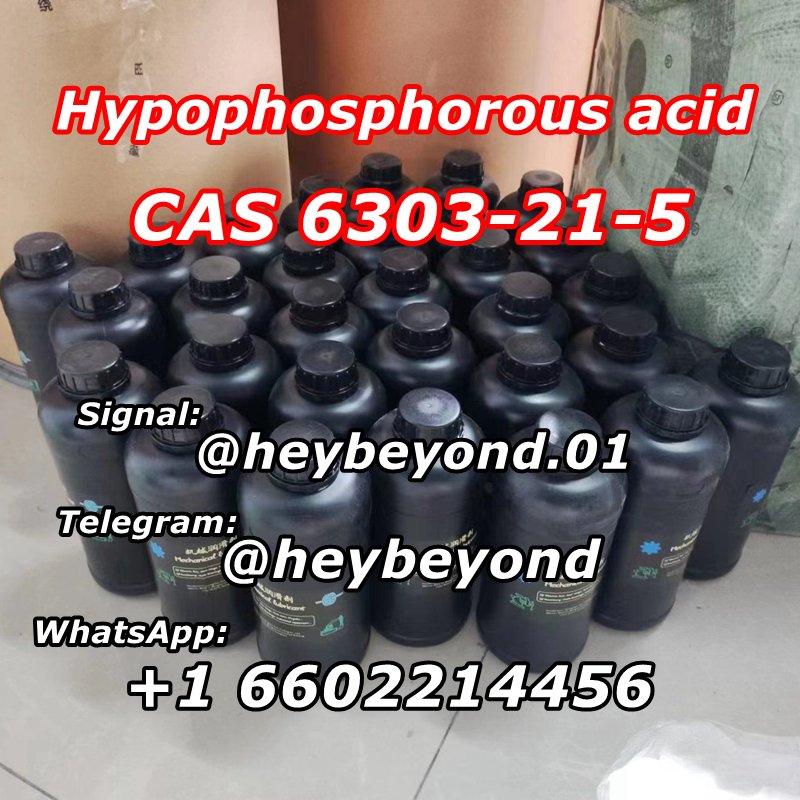
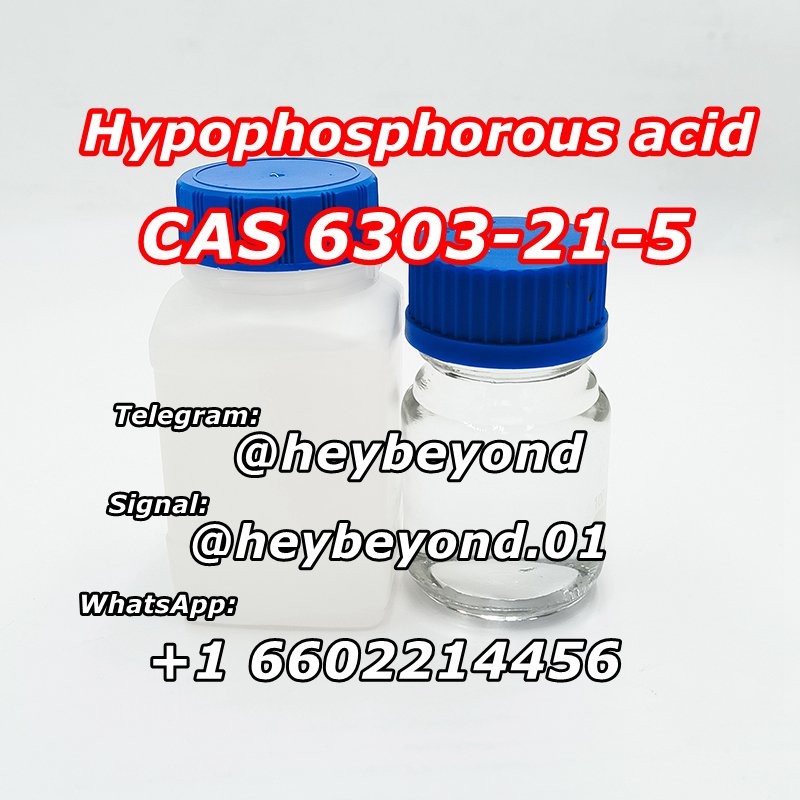
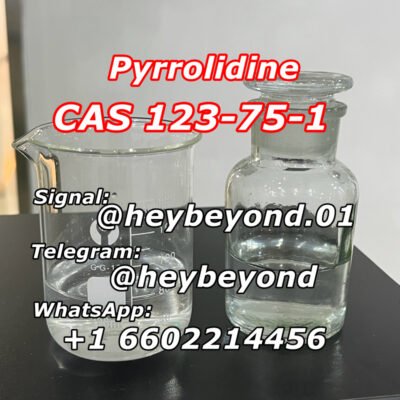
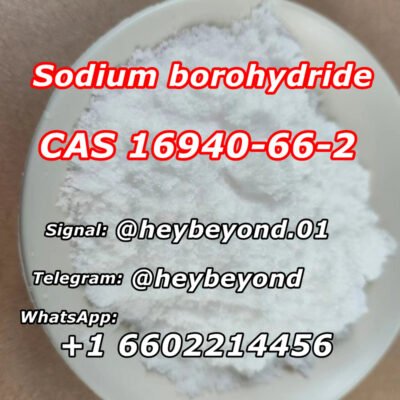
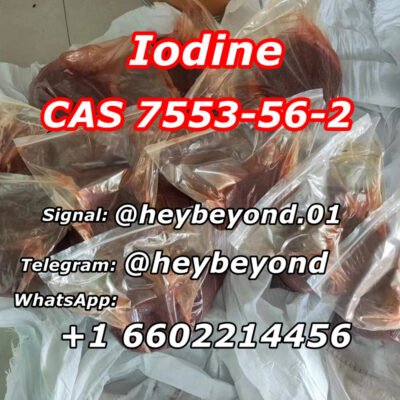
Reviews
There are no reviews yet.